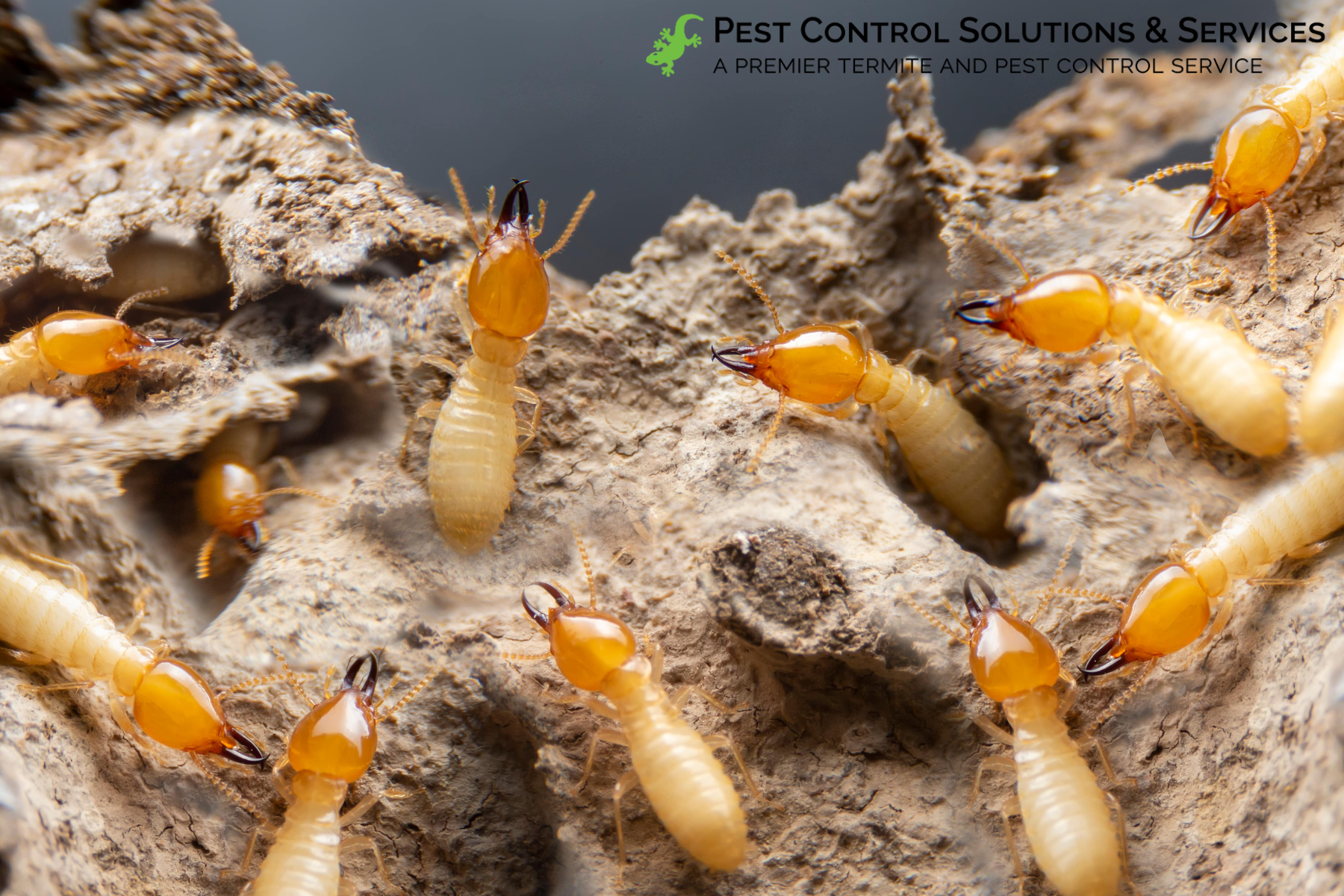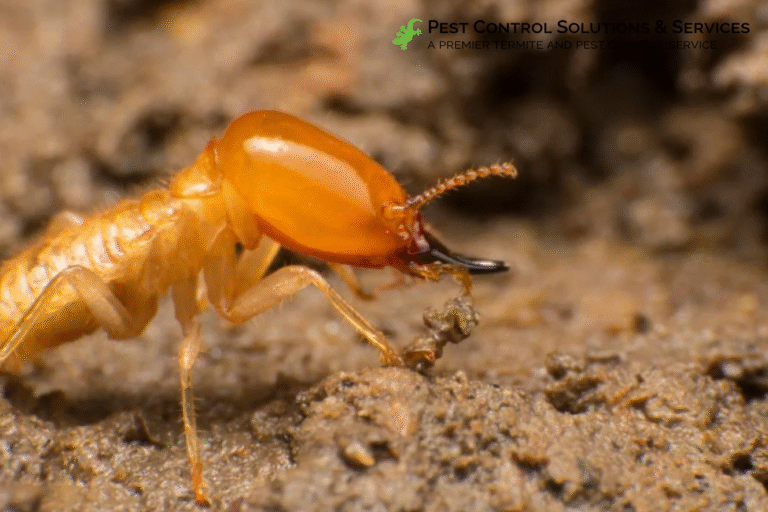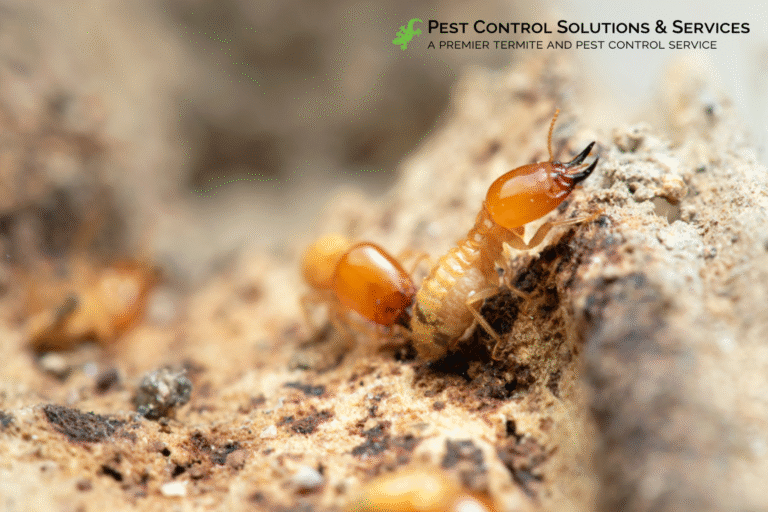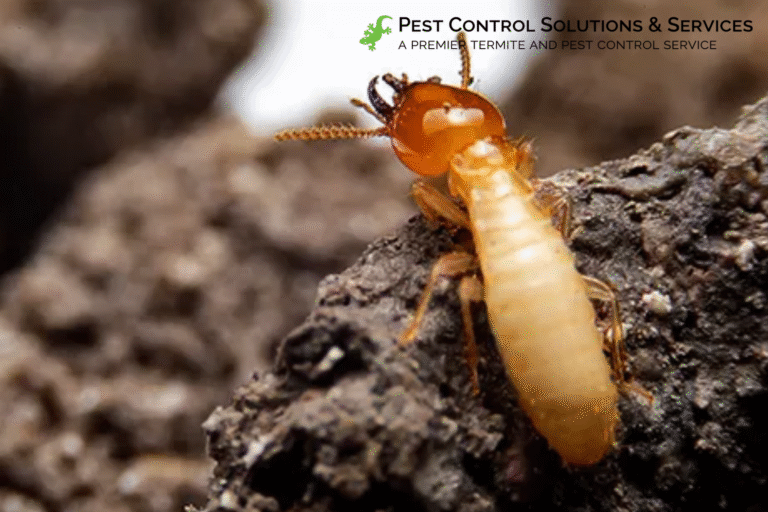When flying termites make an appearance, it’s often more than a passing nuisance; it’s a warning sign. A termite swarm can indicate that a colony is nearby and preparing to expand. For homeowners and business owners alike, understanding these swarms is essential to preventing costly damage. If you’ve ever wondered how to tell if flying termites are targeting your property, this guide is here to give you the facts, signs, and next steps you need.
What Is a Termite Swarm?
A termite swarm is a seasonal phenomenon where reproductive termites, also called alates, leave their current colony in search of a new place to establish a nest. Typically occurring in the spring or after a rainfall, these swarms can consist of hundreds to thousands of winged termites.
Unlike flying ants, which are often mistaken for termites, swarmers have straight antennae, a uniform waist, and wings of equal length. Spotting even a small number of swarmers inside your home or near its foundation can indicate an infestation or a nearby colony.
Signs That Flying Termites Are Targeting Your Property
Being alert to these signs can help you act before termites cause significant structural damage:
1. Discarded Wings
After a swarm, termites shed their wings. If you find small, scale-like wings near windowsills, doors, or entryways, it’s a strong indicator of recent termite activity. These discarded wings are usually found in piles and can look like fish scales.
2. Mud Tubes on Walls or Foundation
Termite tubes, also called shelter tubes, are one of the most obvious signs of a subterranean termite infestation. These pencil-sized tubes are made from soil and termite saliva and allow termites to travel from their nest to a food source while staying protected from air and predators. Finding termite tubes on your walls, piers, or in your crawl space is a red flag.
3. Hollow or Damaged Wood
Termites feed on wood from the inside out. Knock on wooden structures around your home. If you hear a hollow sound or notice wood that crumbles easily, termites may be to blame. They prefer damp, decaying wood but will consume dry wood if accessible.
4. Presence of Frass (Termite Droppings)
Drywood termites leave behind frass tiny pellets that resemble sawdust. These can accumulate near walls, baseboards, or wooden furniture. Subterranean termites, on the other hand, use their droppings to construct mud tubes, so their frass is rarely visible.
5. Swarmers Inside the Home
Finding live flying termites indoors, especially near light sources is a major warning sign. Swarmers are attracted to light and may gather around windows or lamps. Indoor swarms generally mean there is a nest either in or very near your structure.
What to Do If You Spot a Termite Swarm
If you see a swarm or suspect a termite presence, don’t panic. Here’s what you should do:
Step 1: Document the Signs
Take pictures of discarded wings, termite tubes, and swarmers. This documentation helps pest control professionals assess the situation accurately.
Step 2: Don’t Disturb the Area
Avoid breaking termite tubes or swatting swarmers. Disrupting these signs can make it harder to assess the extent of the infestation.
Step 3: Search “termite control near me”
Early detection and treatment are key. A licensed pest control professional can provide a comprehensive inspection and identify the best course of action for effective termite control near me.
The Difference Between a Termite Nest and Other Pests
Homeowners often confuse termite activity with other insects. Understanding the difference between termite swarm and ant swarm activity is crucial. While both produce winged reproductive insects, termites have straight antennae and wings of equal size. Ants have bent antennae and noticeably larger front wings.
Also, some homeowners confuse termite tubes with mud dauber nests or spider webs. The consistency and placement of termite tubes are key indicators. Tubes on foundation walls or inside crawlspaces almost always point to subterranean termites.
Why Flying Termites Mean Trouble
Flying termites aren’t just a nuisance; they signal that a colony is mature and potentially splitting. A new swarm can mean that:
- A current colony is already damaging your property.
- A new colony may soon be established nearby.
- Nearby homes and structures may also be at risk.
Swarmers do not cause damage themselves, but they are a flashing warning light that your property may already be compromised. Preventative inspections and regular maintenance are critical in these cases.
How Professional Pest Control Makes the Difference
Dealing with termites is not a DIY project. They can be elusive, causing internal damage before any outward signs appear. That’s why engaging professional help is the most effective and responsible choice.
Professionals don’t just remove termites, they assess risk factors and apply long-term treatment solutions. Whether it’s baiting systems or trench-and-treat methods using environmentally friendly products, a qualified pest control Riverview team can prevent re-infestations and preserve your property’s integrity.
For those searching for exterminator Riverview, working with a licensed and experienced provider ensures that your termite problems are handled professionally, with minimal disruption to your home or business.
The Importance of Ongoing Protection
Even after a successful treatment, termites can return. That’s why routine maintenance and monitoring are key. Service plans that include inspections, exterior barrier treatments, and follow-up visits offer peace of mind and comprehensive coverage.
Whether you choose monthly, bi-monthly, or quarterly plans, consistent protection dramatically reduces the risk of future infestations. As termite activity increases during warmer months, year-round coverage becomes even more critical.

About Pest Control Solutions & Services
At Pest Control Solutions & Services, we proudly serve homeowners and businesses throughout Florida, including Riverview, with customized pest and termite control plans designed for your specific needs. We use green and safe pesticides that are effective while being mindful of your family, pets, and the environment.
Our technicians undergo in-depth training, including background checks, drug testing, and continuous education to ensure top-tier service. Our termite treatment options include baiting systems like Trelona and the Termidor Trench & Treat method, which creates a powerful protective barrier around your property.
Each service includes a detailed assessment of both interior and exterior areas, with ongoing treatments and customer communication you can count on. Whether you’re dealing with a current infestation or want to prevent future issues, our expert team is ready to help.












